Quatermass paperbacks from Jovike’s Flickr pages.
This may be another occasional series in the making since there’s already been a post about Roadside Picnic/Stalker music, and one about music inspired by the cosmic horror of William Hope Hodgson. I was going to write something earlier this year about music derived from the works of Nigel Kneale after rewatching all of Kneale’s major works. The reappraisal was prompted by the publication in January of The Twilight Language of Nigel Kneale, an excellent anthology of essays/speculations (and a China Miéville interview) about Kneale’s film and TV dramas. The delay in writing was a result of having to wait several months after ordering a CD of the Tod Dockstader album (see below) which for some reason the distributors couldn’t manage to get in the post.
In the Twilight Language book there’s a piece by Ken Hollings about electronic music, some of which has material connections with Kneale’s work, notably the Radiophonic Workshop’s creation of sound effects for Quatermass and the Pit. Early copies of the book came with a bonus cassette tape of Kneale-inspired music; more about that below. The men and women of the Radiophonic Workshop are the godparents of the following Kneale soundworks, most of which are British, and inevitably tend towards the grinding, droning and doom-laden end of the electronic spectrum. Given the enduring influence of Kneale’s work, especially the Quatermass serials and their film equivalents, it’s surprising there isn’t more Knealesque music to be found. (I’m avoiding the obvious film soundtracks, and any bands such as Quatermass who may be named after Kneale’s work but whose music doesn’t reflect it.) If anyone can add to this list then please leave a comment.
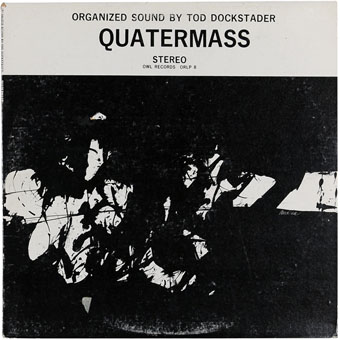
Quatermass (1964) by Tod Dockstader
The American master of tape manipulation here processes hours of recordings of cymbals, pipes, tone generators, a vacuum hose and rubber balloons to create what he calls “a very dense, massive, even threatening work”. Dockstader hadn’t seen any of the Quatermass films or serials when he chose the name but he said that it sounded right. It certainly does, as does the unnerving, shrieking morass of sound he manages to craft using the most primitive equipment. The Starkland CD containing the Quatermass suite includes two further edits of the source material entitled Two Moons of Quatermass.
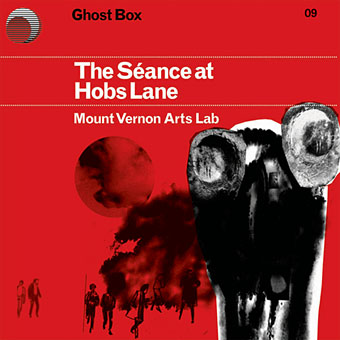
The Séance At Hobs Lane (2001) by Mount Vernon Arts Lab
Mount Vernon Arts Lab is Drew Mulholland and various collaborators. The Séance At Hobs Lane is an abstract concept album based on Mulholland’s lifelong obsession with Quatermass and the Pit (an idée fixe he writes about in the Twilight Language book), plus “Victorian skullduggery, outlaws, secret societies and subterranean experiences”. Among the collaborators are Coil, Norman Blake of Teenage Fanclub, Barry 7 of Add N to (X), and Adrian Utley of Portishead. The album was reissued in 2007 on the Ghost Box label.
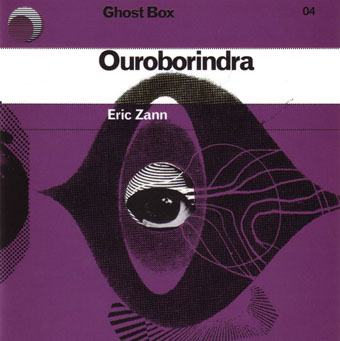
Ouroborindra (2005) by Eric Zann
And speaking of Ghost Box… This album has been mentioned here on several occasions, a one-off release that’s the most consciously horror-oriented of all the works in the Ghost Box catalogue. The artist “name” and track titles reference Lovecraft and Machen but it’s included here for the dialogue quote in the insert from Kneale’s ghost drama The Stone Tape. In addition to the Mount Vernon reissue other Ghost Box references to Kneale can be found in the samples from Quatermass and the Pit (TV version) on The Bohm Site from We Are All Pan’s People by The Focus Group, and the title of the track which follows: Hob’s Rumble.
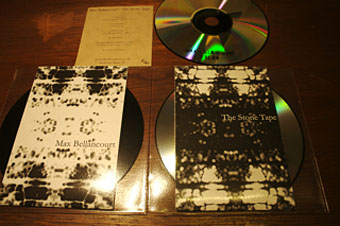
The Stone Tape (2009) by Max Bellancourt
A 3 x CD-R release by a French artist of “glitchy textures, abstract field recordings and Jules Verne noise”. Limited to 60 copies. There’s an extract here which reveals some disquieting rumblings.
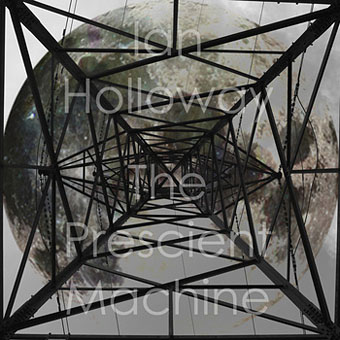
The Prescient Machine (2011) by Ian Holloway
A 29-minute track available for purchase at Bandcamp which Holloway describes as his homage to the Quatermass series.

Restligeists (2012) by Various Artists
The Twilight Language compilation breaks from the doomy atmospheres with a variety of Kneale-derived music by Hong Kong In The 60s, The Listening Centre, The Real Tuesday Weld, The Asterism & Xylitol, Emma Hammond & Robin The Fog, and Mordant Music. If it wasn’t for titles like Theme For The Experimental Rocket Group you wouldn’t necessarily know some of these had any relation to Kneale’s work but I’m okay with that. If it’s doom you require then Mordant Music easily fill the brief with (J)ill, ten minutes of Stone Tape samples telegraphed into a spectral mist.
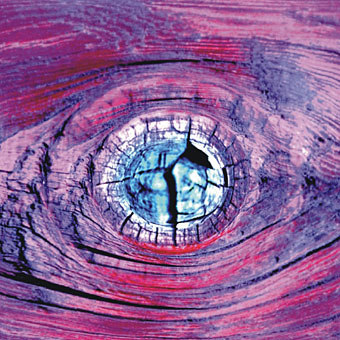
Quatermass/The Stone Tape (2013) by Triax
One I’ve not heard, having only been released a couple of months ago. Triax are the Freeman brothers, Alan and Steve, well-known to UK record collectors as the proprietors of the record shop Ultima Thule, and publishers of electronica magazine Audion. They’re joined here by one Dave Powell to create an hour of music dedicated to Nigel Kneale. CD-Rs are for sale.
Previously on { feuilleton }
• The Outer Church
• The Ghost Box Study Series
• Nigel Kneale’s Nineteen Eighty-Four
• A playlist for Halloween: Hauntology
• The Stone Tape
• The Séance at Hobs Lane
• Ghost Box


Australian sound artist Lloyd Barrett has recently released a piece inspired by The Stone Tape, under his synth moniker Makrotulpa. It samples from the show and references Electronic Voice Phenomena, with plenty of ambiguous speech/synth soundwork.
Listen to it here:
http://makrotulpa.bandcamp.com/album/stone-tape#
It’s not as paranoid as some of the recordings featured here: any fearful overtones would appear to be pareidolic and not intentional. Why shouldn’t residually imprinted emanations just as often be of joy, love, or other intense but positive emotions?
http://www.youtube.com/watch?v=JjYZmdBVXhs
dark aleph: Thanks, I thought I’d searched Bandcamp properly but that’s one I’d missed. As for Stone Love Tapes, I can’t help but think of the “happy” stone circle gatherings in the final Quatermass serial!
Nick: And I ought to have remembered that one since you’ve linked it here before. Too many hobgoblins…
Incidentally, the electronic sounds in Quatermass and the Pit (film version) were created by Tristram Cary, one of the founders of the EMS studio who later manufactured the EMS synthesizers. Considering how many recordings were subsequently produced using EMS synths (by Eno, Pink Floyd and others), there’s an argument to be made that British electronica harks back as much to Quatermass as it does to Doctor Who.
http://en.wikipedia.org/wiki/Tristram_Cary
With the benefit of hindsight it seems now that “Quatermass and the Pit” in both the original BBC serial and the later film can be considered a precursor to Dr. Who. The BBC serial was made a few years before Dr. Who’s debut in 1963. It would only need the addition of the Tardis and the substitution of the Doctor for Prof. Quatermass plus a few alterations to the script to turn it into an early story of the Doctor?